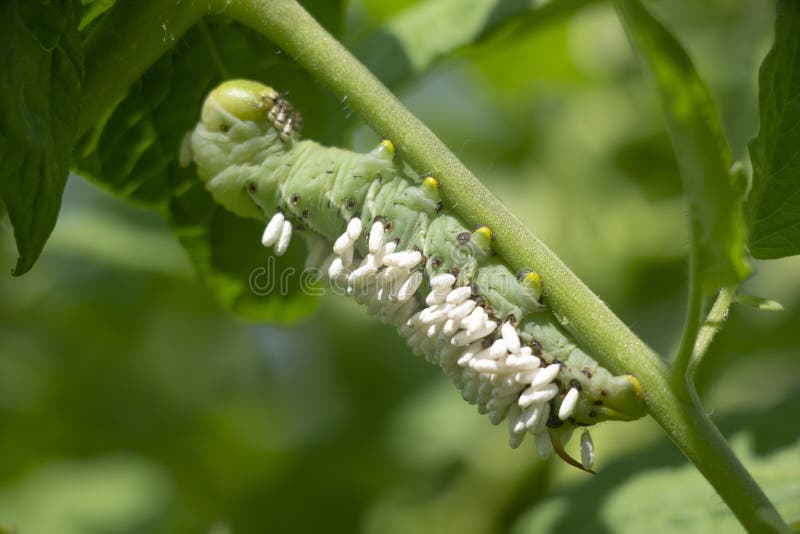


Very generally, the braconid life cycle begins when the female wasp deposits her eggs in the host insect, and the braconid larvae emerge and develop within the host insect's body. It's difficult to describe the braconid wasp life cycle, because each braconid wasp species develops in association with its host insect's life cycle. There are braconids that kill aphids, braconids that kill beetles, braconids that kill flies, and of course, braconids that kill moths and butterflies. These parasitic wasps disrupt their host insect's development, effectively stopping the pest in its tracks. Braconid wasps are parasitoids, meaning they eventually kill their hosts.Īlthough we're probably most familiar with the larger braconid wasps that live on hornworms, there are actually thousands of braconid wasp species throughout the world, each infecting and killing certain types of host insects. Just when hope is almost lost, the braconid wasps arrive to save the day.īraconid wasps are Mother Nature's way of keeping pests like hornworms under control. But nothing thrills a gardener more than finding a hornworm covered in little white cases, like the one pictured here. Ask a gardener which pest she hates the most, and she's likely to respond without hesitation, "Hornworms!" These freakishly large caterpillars can devour an entire tomato crop overnight.


 0 kommentar(er)
0 kommentar(er)
